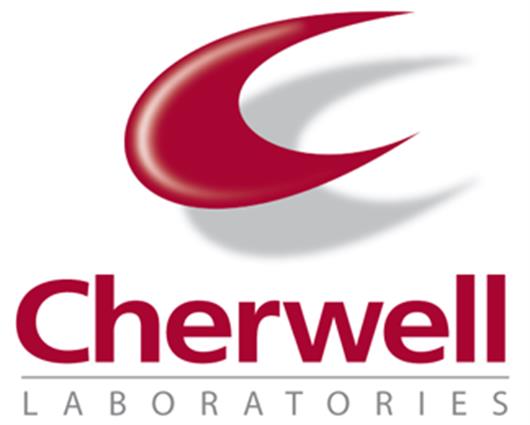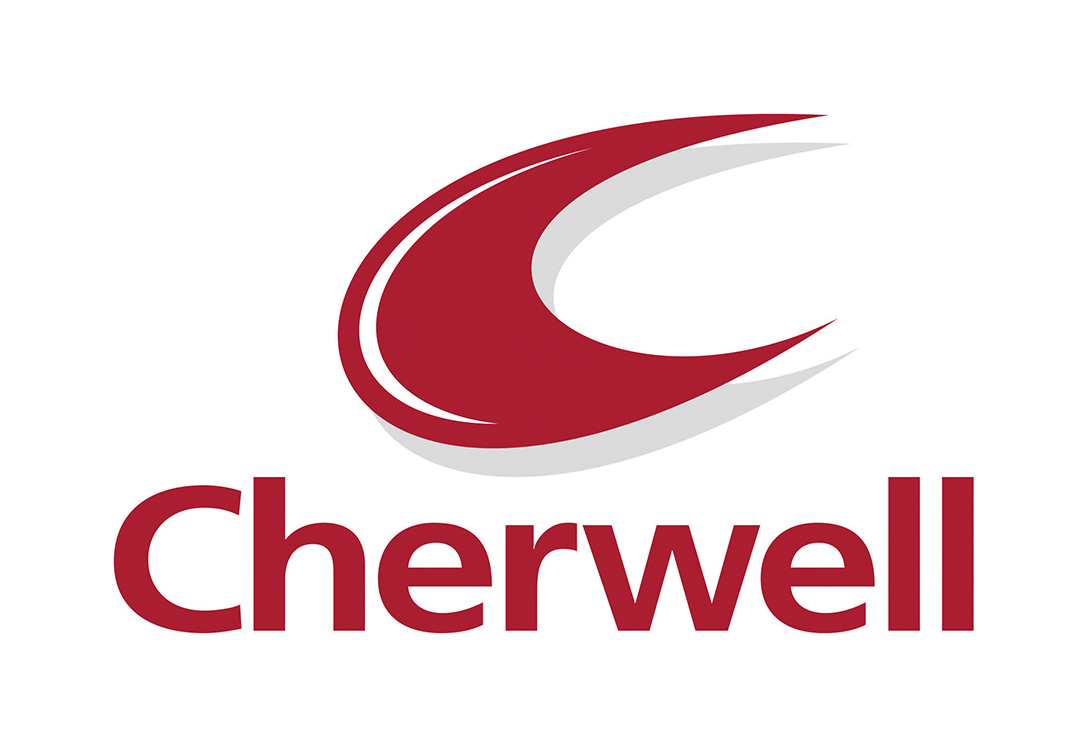 Add My Company
Add My Company
Sign In

The draft revision of the EU GMP Annex 1 has been received with mixed feelings. The European Medicines Agency (EMA) is currently working its away through the 6000+ comments that have come about since the release of this revision. There are a variety of meetings and conferences that have taken place since the release of the draft. There are many topics that are up in the air and open to discussion, across all the different sectors affected by this draft revision.
With regards to environmental monitoring (EM), there is one particular area of concern which is where the draft revision states that EM requires a biannual re-qualification. Questions are being asked as to whether this needs to be reworked: is it really necessary to take pains gathering six months’ worth of data, only to then have to begin re-qualifying all over again? Is this approach really going to offer significant risk-reducing benefits, or is it overkill?
Releasing a revised set of guidelines with such high levels of complexity, to such a highly regulated industry, was never going to be simple or straightforward. It has been 10 years since the last revision of the Annex 1 of the EU GMP and, in that time, many advances have been made that impact many areas of big pharma.
This latest revision includes significant changes that aim to improve the current practices in the whole of sterile manufacturing and, it is hoped, will lead towards a new global standard. A key challenge for large pharma is to balance profitability with legislation that protects patient safety.
A concern with any new revision is always how much it will cost organisations to comply
The answer lies in understanding what this new legislation means on a business-by-business basis. Here are a few of the key points currently being hotly debated:
Your pharmaceutical quality system must meet specific requirements as indicated in Annex 1
The pharmaceutical quality system (PQS) when applied to sterile drugs, must be able to indicate the root cause of any deviations or possible contaminations. Annex 1 underpins the importance of analysis so that through thorough understanding the risks can be mitigated with the appropriate preventative and corrective actions.
Your equipment must meet outlined requirements as per the proposed new draft revision
Annex 1 has put forward the expected minimum requirements regarding the qualification, operation and design of your equipment used in your aseptic facilities.
Your premises and facilities
Annex 1 outlines the expected outcomes of facilities that comply with ISO standards and industry regulations that are deemed obligatory. This part of the revision also delves into barrier technology.
Annex 1 has included new requirements regarding services
Pharmaceutical manufacturing companies must adhere to a new set of requirements for all water systems, compressed gases, vacuum and refrigeration systems and steam used for sterilisation.
The revision dives into regular production activities and specific technologies
Annex 1 outlines how containers must be closed and sealed with appropriately validated methods. For instance, containers must be closed by fusion which means they make use of Form-Fill Seal Small Volume Parenteral (SVP) and Large Volume Parenteral (LVP) bags, plastic or glass ampoules and these should be subjected to 100 percent integrity testing methods.
Other containers might need a statistically valid sampling plan to be implemented. It must be noted that visual inspection as an acceptable integrity test method has been completely excluded from this revision.
The revision tackles specific requirements for environmental monitoring protocols too
Your environmental monitoring alert limits must be results-based and subjected to regular revisions. There are new requirements outlined for routine monitoring and for aseptic process simulations.
Many GMP inspectors believe that quality risk management should apply to all sections of the EU GMP Annex 1
Minimising risk to humans who take medicines is ultimately what this is all about. Every area of pharmaceutical production is now legislated with this sole purpose as its goal. Every action must be provably risk averse and every risk taken must be justified and measured.
For biopharmaceutical manufacturers this means ensuring their EM programme and equipment can be proven to be adequately monitoring their facilities for signs of contamination. The features of the EM equipment must include accuracy and sensitivity measures as well as ensure reliable results that can be used in comparisons to monitor critical areas that pose a risk.
Pharmaceutical manufacturers cannot hide from the fact that there are major changes looming for their industry. These big changes mean that an EM programme is critical to them remaining a successful and safe operation. The way they approach their EM programme, however, can be determined by their business model and does not have to jeopardise their profitability.
Why a tailored approach to EM solutions is best for large pharma
It is crucial that your EM programme covers everything you need. It should be a routine programme that reliably documents the state of your facility and proves how you control your aseptic environments. The data collected from sample sites must be pulled into recommendations for the creation of ongoing improvements which show you are always thinking of risk minimisation.
Your EM programme must help you demonstrate that your manufacturing facility has controlled microbial conditions. That you conduct cleaning studies, have control planning for contamination and you have established facility relevant alert and action levels of controlled environments.
Remaining profitable is a key concern for all businesses. Pharma is doubly challenged due to the need for also remaining safe and compliant. Ensuring you have all the necessary elements in place is critical of course. But what is necessary for each organisation is subjective. There are many options available now for environmental monitoring that, when planned for use as a holistic programme, can offer very cost-effective results that perfectly suit the needs of each business.
The key with this new legislation is not to panic and assume you must invest heavily in every possible piece of environmental monitoring equipment. Taking a tailored approach means using the best of what you currently have and adding where necessary.
No businesses are the same, yet all businesses in this sector must adhere to the same compliance. There will be a right way to do it for each business, it is just a question of tailoring.
For more information on Environmental Monitoring: Implications of GMP Annex 1 for large pharma talk to Cherwell Laboratories Ltd
Enquire Now
More News/Blogs
List your company on FindTheNeedle.

